My latest find in the group “6th Gen 4Runner club” is something I am always looking to find out whenever a car company bring out a new powertrain. In this case, we are talking about Toyota's I-Force and i-Force Max powertrains, which can be found on most of Toyota and Lexus’ larger SUV and truck models. The Toyota Tacoma pickup truck and the current Toyota 4Runner are some of the models that feature the 2.4-liter turbo-four engine in both hybrid and non-hybrid form.
Toyota's i-Force engine is holding up well so far, but still gets mixed reception
Unlike Toyota's twin-turbo V-6 engine, which experienced some issues early on, the turbocharged four-cylinder unit seems to be trouble-free so far. Toyota claims this is a fairly under-stressed engine, despite the turbocharging and a relatively high specific output of over 115 horsepower per liter.
That said, not everyone likes the I-Force and i-Force Max engines. There is a long discussion on Reddit about Toyota's 2.4-liter turbo-four hybrid engine. While many owners coming from other hybrid competitors claim Toyota's hybrid powertrain is smoother, others are not convinced of the longevity of a four-cylinder turbo engine, which has been put to use in heavy SUVs.
On the other hand, some owners of Toyota models equipped with the 2.4-liter I-Force Max engine praise the responsiveness and fuel economy. Whether this engine proves to be as reliable as something like the fifth-generation Toyota 4Runner's 1GR-FE remains to be seen.
How much power it really makes
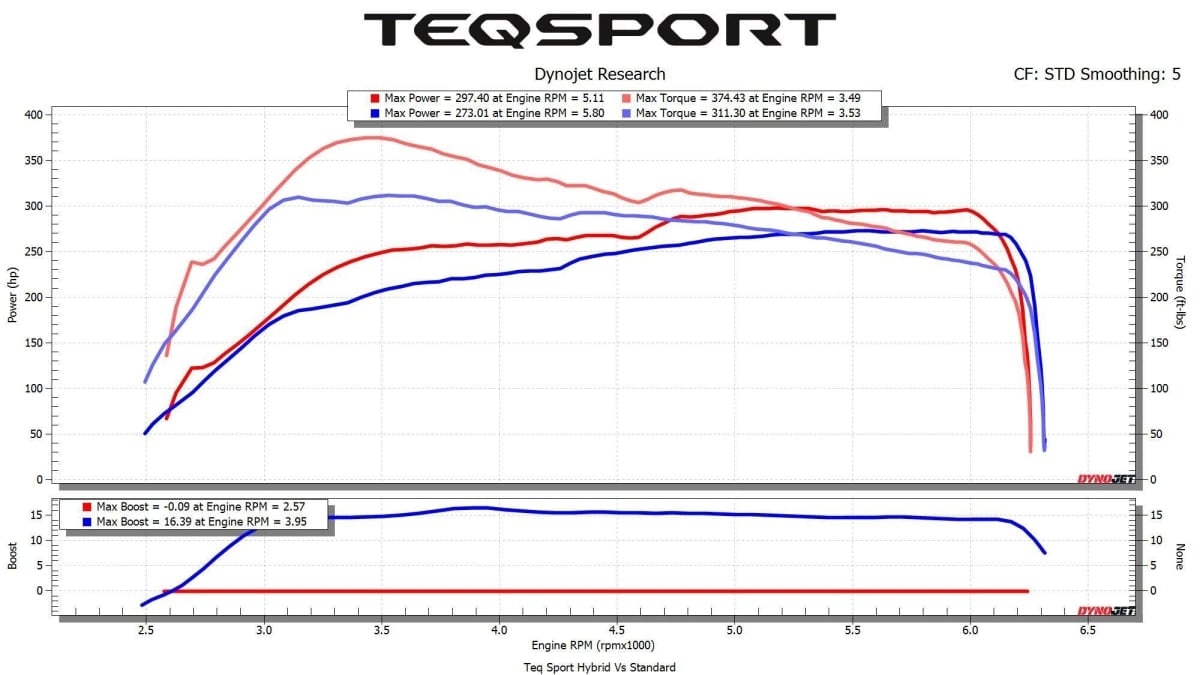
Toyota currently has two versions of the 2.4-liter turbo-four engine. The no-hybrid i-Force is rated at 278 horsepower at 6,000 RPM and 317 pound-feet at 1,700 RPM. The i-Force Max adds a 48-horsepower electric motor and a 1.87-kWh battery. This bumps the total system output to 326 horsepower and 464 pound-feet at 1,700 RPM.
Matt Yates posted proof of dyno runs (see the above image) with two seemingly identical Toyota Tacoma pickup trucks, featuring the 2.4-liter turbo-four engine. One hybrid, the other non-hybrid.
The numbers are impressive, especially for the non-hybrid model
It seems the trend of underreporting power output is becoming more and more common. We have seen it on the Toyota GR Supra and a few other cars, but you probably didn't expect this from Toyota's turbo-four engine that isn't even meant for performance applications.
The dyno graph shows 273 wheel-horsepower and 311 pound-feet of wheel torque for the non-hybrid i-Force variant. I used a calculator that gives a rough idea of the actual horsepower and after inputting all the data, it turns out the non-hybrid Toyota Tacoma makes around 345 horsepower to the crankshaft.
As for the i-Force Max hybrid, the dyno graph shows 297 horsepower and 374 pound-feet of torque at the wheels. After calculating for drivetrain loss, the number I got was 374 horsepower (again, a rough estimate). Whether the engine feels like it has that much power or not is a different question, and I am sure those who have driven one would have different opinions.
Is the 2.4-liter turbo hybrid a stepping stone to something greater?
From 2026, most Toyota and Lexus models will feature one of the company's two new engines. A 1.5-liter inline-four will be featured in the smaller segments while a 2.0-liter G20E engine will be used in the larger models. Both engines will come in non-hybrid and hybrid form, as well as normally aspirated and turbocharged.
So far, we know that the Lexus ES and IS will be using the 2.0-liter turbo-four in various degrees of electrification and varying power levels. One of them will develop 250 horsepower and 295 pound-feet, while in the upcoming Toyota Celica, the G20E engine will develop 400 horsepower (up to 600 in race guise). A normally aspirated engine is also rumored to power the next-generation Toyota GR86, but that remains to be seen.
It sounds like the 2.0-liter engine will eventually replace the 2.4-liter engine we see in many of Toyota's SUV and pickup truck models. However, I don't see this happening until at least a mid-cycle refresh for these models arrives.
Do you have any experience with Toyota's 2.4-liter i-Force/ iForce Max engine? If so, I am curious to read about your opinion in the comment section below.
Image credit: Matt Yates via "6th Gen 4Runner club" on Facebook


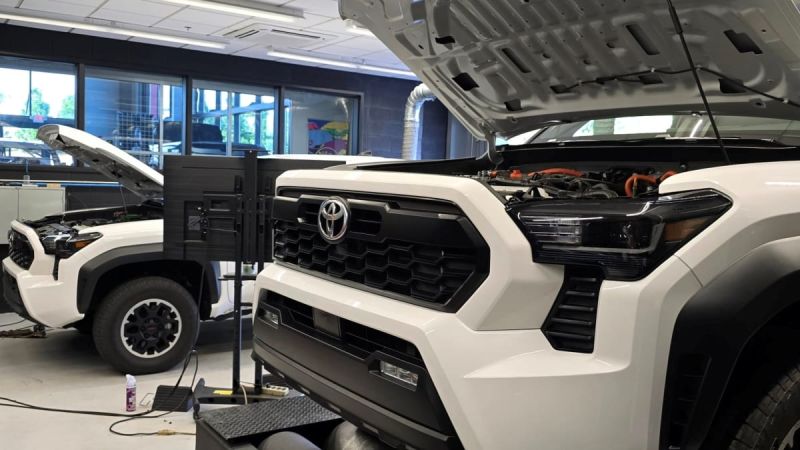





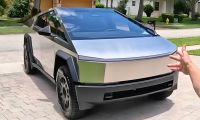
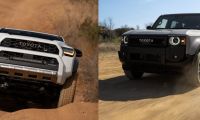

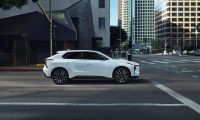
Comments
2.4 liters really is a cute…
Permalink
2.4 liters really is a cute engine displacement value.
For a truck, especially…
Permalink
In reply to 2.4 liters really is a cute… by Buzz Wired (not verified)
For a truck, especially. Funny enough, it was the 3.4-liter twin-turbo V-6 that was troublesome when it came out.
If you want to talk small displacement in a big SUV, how about Volvo's 2.0-liter engine?
I test-drove a couple of those in Europe, and when you step on it, the 2.0-liter feels and sounds like it's going to blow up any moment. The turbodiesels, at least.
I only drove the gas versions on the smaller stuff like the V60 and S60.
I purchased a a Toyota Gold…
Permalink
I purchased a a Toyota Gold Certified 2024 Toyota Tacoma TRD Sport with 3,013 miles on it. I traded in my 2016 Tacoma TRD Off Road which of course was a V6. So I was hesitant and suspicious of the new Powertrain. But I’ve got to say. The throttle response is amazing. I mean, you can barely put your foot on the pedal and it starts hauling butt. The TRD interior is really sharp and solid. The Dash display is large with lots of options, including changing its theme for the speedometer and tachometer and other gauges has four options, casual, smart, tough, and sporty. It rides pretty well, especially for a four-wheel-drive sport truck. However, the gas mileage ain’t what they make it out to be. Even with keeping your foot off the pedal and in Eco mode. As it has three different driving modes, or you could say four because of the tow hauling mode along with normal Eco and sport. With which you feel the difference in its power and performance sport mode is fast and keeps RPMs up by staying in lower gear, but not too low. And normal is well normal while Eco takes away power by what looks like causing the turbo boost to kick in later than usual to try and save gas. Overall, so far, I absolutely love my truck the driving mode, the power, adaptive cruise lane departure where it keeps it from running off the road or drifting into another lane and all that auto control essentially self driving stuff. It’s my third Tacoma. I hope I continue to love it as I have the last month that I’ve had it.